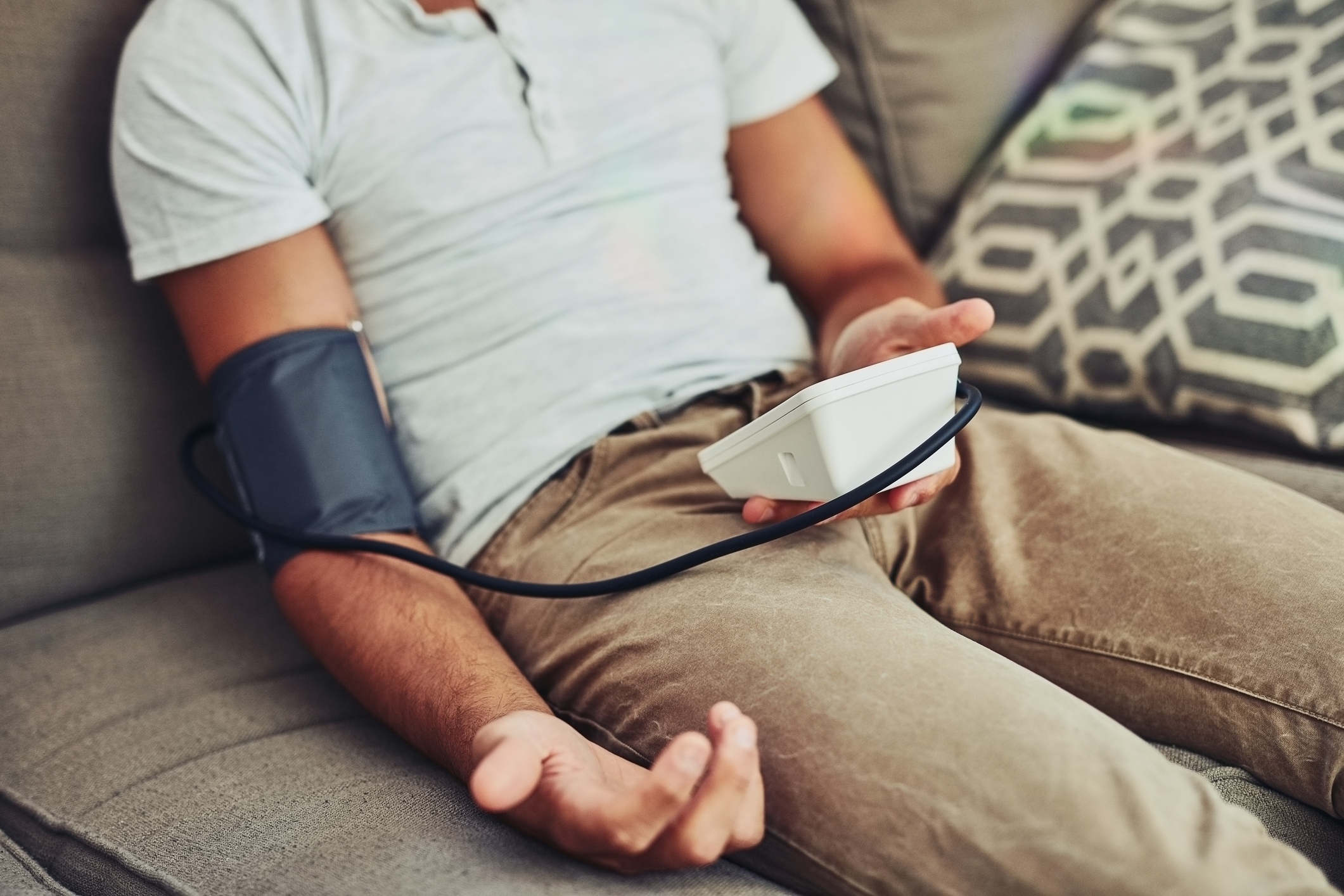Home Hemodialysis
For people on dialysis who are stable, and who desire more control and flexibility over their treatments, home hemodialysis is another treatment option. With home hemodialysis a patient, along with a partner in most cases, will set up a dialysis machine in his or her home and learn to perform dialysis. This requires a patient, and/or partner, to learn how to self-cannulate, or put the needles into the access, set up the dialysis machine, monitor the machine, take and record vital statistics during treatment. Home hemodialysis patients must have a room in their home capable of accommodating the dialysis machine [...]


